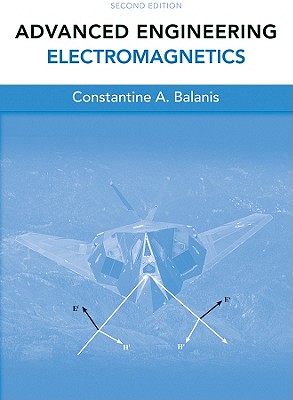Fall 2014 (141)
EE 340: Electromagnetics

EE 530: Advanced Electromagnetics

A
Courses
Electronics
Digital Design EE 200.
Number systems & codes. Logic gates. Boolean algebra. Karnaugh maps. Analysis and synthesis of combinational systems. Decoders, multiplexers, adders and subtractors, PLA's. Types of flip-flops. Memory concept. Counters. Registers. Sequential circuit design. System level digital design. HDL (Verilog) use in the design and synthesis of digital systems.
Electronics I EE 203.
Opamp Linear Applications. PN junction and zener diode. Diode basic circuit analysis and diode applications (rectifier and limiters). MOSFET and BJT (DC, small signal analysis). Amplifier configurations and characteristics. CMOS digital circuits.
Microprocessors EE 390.
Microprocessor hardware models. Instruction sets. Assembly language programming and debugging. Memory and input/output mapping. Input and output instructions. Input/output interfacing. Introduction to interrupts.
Electromagnetics and Photonics
Electromagnetics EE 340.
Electrostatics: Coulomb's law, Gauss's law, electric potential, electric dipoles, resistance, capacitance. Magnetostatics: Biot-Savart law, Ampere's law, Magnetic forces. Magnetic boundary conditions, inductance. Time varying fields: Faraday’s Law, Maxwell's equations, Plane wave propagation. Reflection and refraction. Introduction to transmission line theory. Waveguides and Antennas.
Photonics & Optical Communications EE 421.
Review of basics of optics including photon-matter interaction, interference, diffraction, coherence, polarization, etc. Introduction to geometrical optics. Light sources and transmitters. Optical detectors and receivers. Optical waveguides and optical fibers. Optical devices: amplifiers, filters, isolators, diffraction gratings, switches, polarization controllers and modulators. Operating principles of optical multiplexers and demultiplexers. Review of important concepts of digital communications including TDM, WDM and DWDM. Channel Dispersion. Overview of the design process of a point-to-point optical link.
Advanced Electromagnetics EE 530. (Graduate)
Review of Maxwell’s equations and solutions. Electromagnetic waves in lossy, and anisotropic media. Waves at plane boundaries. Guided waves. Duality, uniqueness, image theory, equivalence principle, and reciprocity. Introduction to radiation and scattering. Problem formulation using Green’s function and integral equations.
Computational Electromagnetics EE 635. (Graduate)
Review of basic electromagnetic theory and partial differential equations (PDEs). Finite-difference approximation of PDEs. The finite-difference time domain (FDTD) in 2D and 3D. The Yee’s mesh. Scalar formulation of the FDTD method. Related topics including numerical stability and dispersion, boundary conditions, materials, etc. Introduction to other methods such as the finite-element method, the method of lines, beam propagation method, and the method of moments. Applications and case studies.
General
Senior Design Project EE 411.
A course that integrates various components of the curriculum in a comprehensive engineering design experience. Design of a complete project including establishment of objectives and criteria, formulation of design problem statements, preparation of engineering designs. The design may involve experimentation, realization and/or computer project. Team design projects, where appropriate, are highly encouraged.
Special Topics in Electrical Engineering EE 499.
The contents of this course will be in the areas of interest in electrical engineering. The specific contents of the course will be given in detail at least one semester in advance of that in which it is offered.